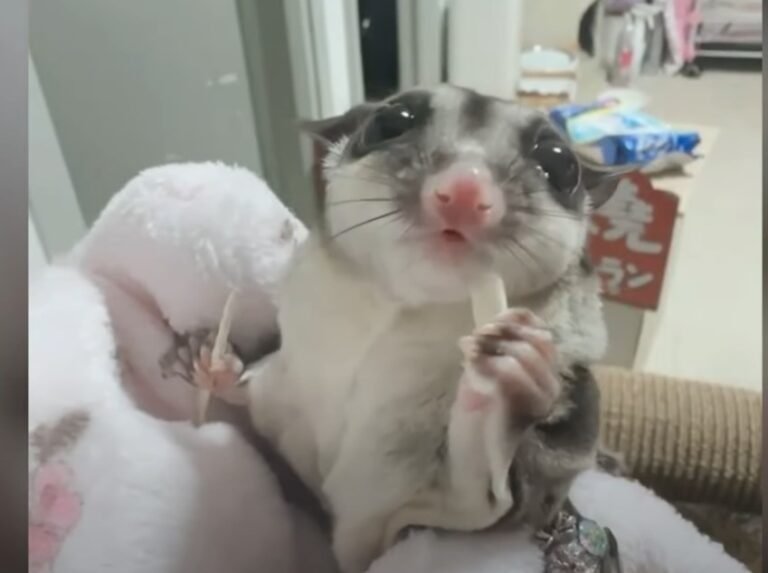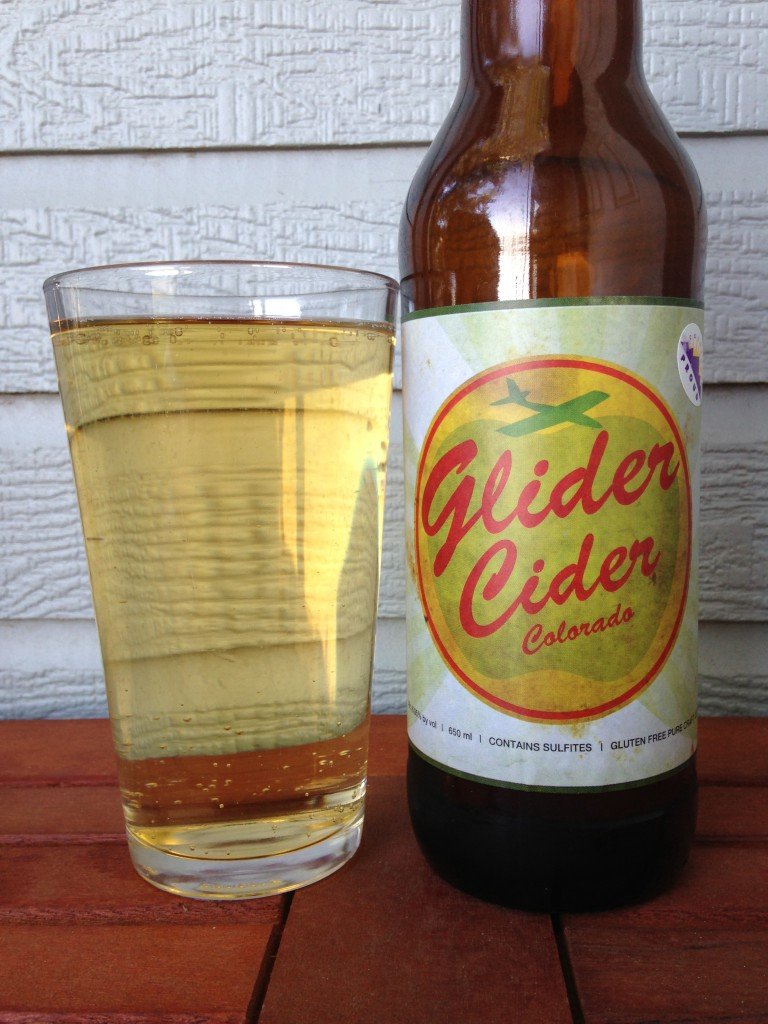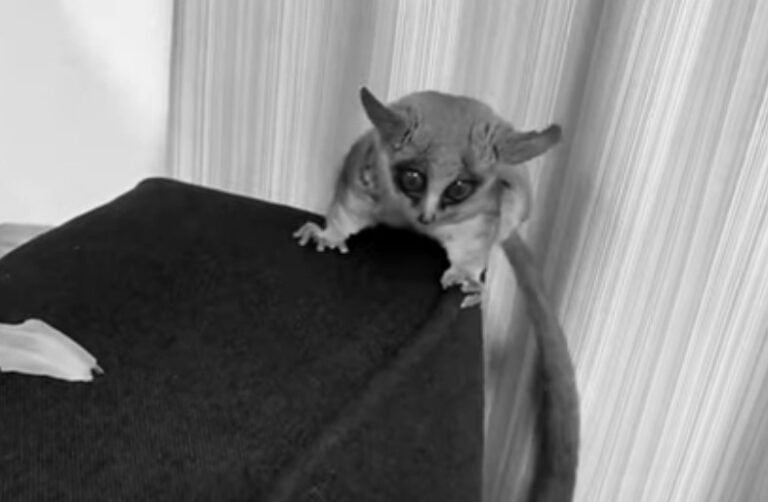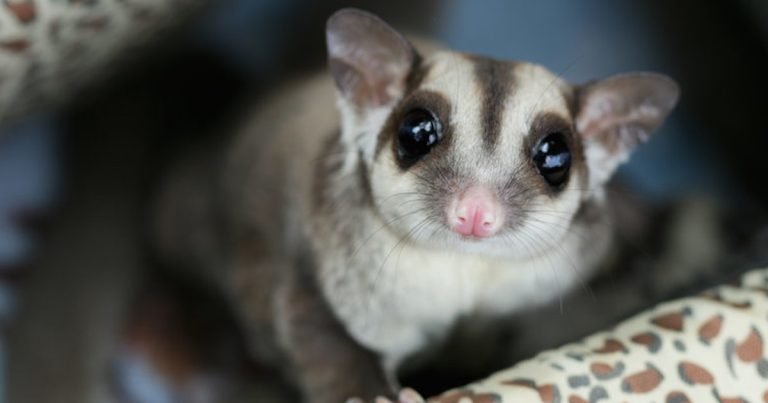Flying Squirrel Pet vs Sugar Glider
As exotic pets continue to gain popularity, many people are drawn to the idea of having a small, furry companion to keep them company. Two animals that are commonly compared as potential pets are the flying squirrel and the sugar glider. While both of these creatures are undeniably cute and unique, there are some important differences to consider before making a decision.
Flying squirrels are nocturnal and require a lot of space to jump and glide, whereas sugar gliders are more social and require daily interaction with their owners. In terms of care, both animals require a specialized diet and plenty of attention to ensure their physical and mental well-being. Ultimately, the decision between a flying squirrel and a sugar glider will come down to personal preference and lifestyle.
In this article, we will explore the Flying Squirrel Pet vs Sugar Glider: Which One Makes a Better Pet? like their physical characteristics, behavior, diet and nutrition, health and care of each pet and provide some insight into what it takes to care for these fascinating creatures.
What is a Flying Squirrel?

A flying squirrel is a small mammal known for its unique ability to glide through the air using a membrane of skin that stretches between its front and hind legs. There are over 50 species of flying squirrels found worldwide, and they are primarily found in forested areas. These creatures are nocturnal and spend their days sleeping in tree cavities or other sheltered areas. They are social animals and often live in groups, making them fascinating to observe in their natural habitat.
As pets, flying squirrels require a lot of space to move and glide, and they need a specialized diet that includes fruits, nuts, and insects. Due to their nocturnal nature, they may not be the best choice for those who work during the day and are looking for a pet that is more active during the daytime.
However, for those who have the time and resources to care for them properly, flying squirrels can make fascinating and entertaining pets.
What is a Sugar Glider?

A sugar glider is a small marsupial that is native to Australia and surrounding areas. They are known for their large, expressive eyes and the flaps of skin that allow them to glide through the air. Sugar gliders are nocturnal and are active during the night, which can make them great pets for those who work during the day. They are social animals that form strong bonds with their owners, and they require daily interaction to remain happy and healthy.
In the wild, sugar gliders live in large groups and rely on their bond with each other to survive. As pets, they require a specialized diet that includes a mix of fruits, vegetables, and protein sources, and they need a large cage with plenty of space to climb and play. Sugar gliders can make wonderful pets for those who are willing to invest the time and effort into caring for them properly, but they are not ideal for everyone due to their specific needs and care requirements.
Evolutionary Diversity In Sugar Gliders & Flying Squirrels
Evolutionary diversity refers to the variety of different lineages and branches that have developed over time through evolutionary processes.There are many evolutionary diversity in sugar gliders & flying Squirrels are as follows:
| Flying Squirrels | Sugar Gliders | |
| 1. | Belongs to the family Petauridae | Belongs to the family Sciuridae |
| 2. | Native to Australia and surrounding areas | Found throughout the world |
| 3. | Nocturnal and arboreal | Nocturnal and arboreal |
| 4. | Glides using flaps of skin on sides of body | Glides using membrane of skin between legs |
| 5. | Can glide for up to 150 feet (45 meters) | Can glide for up to 300 feet (91 meters) |
| 6. | Omnivorous diet, including fruits and insects | Omnivorous diet, including nuts and insects |
| 7. | Gestation period of about 16 days | Gestation period of about 40 days |
| 8. | Lifespan of up to 15 years in captivity | Lifespan of up to 10 years in captivity |
| 9. | Highly social and form strong bonds with owners | Highly social and often live in groups |
| 10. | Kept as pets in many parts of the world | Kept as pets in some parts of the world |
Both sugar gliders and flying squirrels are fascinating animals with unique abilities and characteristics. While they share some similarities, such as being nocturnal and arboreal, they also have distinct differences in their gliding mechanisms, diets, and social behavior.
Flying Squirrel vs Sugar Glider: The Similarities
There are many similarities between flying squirrels and sugar gliders are as follows:
1.Both are small, arboreal mammals that are known for their ability to glide through the air using flaps of skin.
2.They are both nocturnal and active at night, making them great pets for those who work during the day.
3.Both have omnivorous diets, including insects and fruits, and require specialized care to ensure they receive proper nutrition.
4.They are social animals that form strong bonds with their owners and others of their own species.
5.Both are kept as pets in some parts of the world, often because of their charming and cute appearance.
6.They both have large, expressive eyes that are a defining feature of their appearance.
7.Both are marsupials, meaning they carry their young in a pouch until they are mature enough to survive on their own.
8.They have prehensile tails that help them to climb and navigate through their environment.
9.They require specialized care as pets, including a spacious cage with plenty of room to climb and play, and a specific diet to ensure their health and well-being.
10.Both animals have unique personalities and can make wonderful pets for those who are willing to invest the time and effort into caring for them properly.
What are the Physical Characteristics Differences Between a Flying Squirrel and a Sugar Glider?
There are many physical characteristics differences between a flying squirrel and a sugar glider are as follows:
| Physical Characteristics | Flying Squirrel | Sugar Glider |
| Nocturnal | Yes | Yes |
| Tail | Flattened | Bushy |
| Eye Size | Large | Large |
| Body Size | Small | Small |
| Gliding Ability | Yes | Yes |
| Membrane Size | Large | Large |
| Teeth | Sharp | Sharp |
| Diet | Omnivore | Omnivore |
| Lifespan | 5-6 years | 10-15 years |
| Native Habitat | North America | Australia |
These physical characteristics differences are important to consider when deciding which animal to keep as a pet or when studying the differences between the two species.
What’s the Behavior Difference Between a Flying Squirrel and a Sugar Glider?
Here’s a table highlighting the behavioral differences between flying squirrels and sugar gliders:
| Behavioral Characteristics | Flying Squirrel | Sugar Glider |
| Nocturnal | Yes | Yes |
| Social Behavior | Solitary | Social |
| Sleeping Habits | Nesting | Nesting |
| Vocalizations | Chirps and barks | Barks and yips |
| Bonding with Humans | Not recommended | Possible |
| Intelligence | High | High |
| Playfulness | Low | High |
| Ability to Learn Tricks | Possible | Possible |
| Territorialism | Low | Moderate |
| Grooming Habits | Self-grooming | Mutual |
What’s the Diet and Nutrition Difference Between a Flying Squirrel and a Sugar Glider?
Here’s a table highlighting the diet and nutrition differences between flying squirrels and sugar gliders:
| Diet and Nutrition Characteristics | Flying Squirrel | Sugar Glider |
| Natural Diet | Nuts, seeds, fruits, insects | Tree sap, nectar, pollen, insects, small animals |
| Omnivorous | Yes | Yes |
| Need for Variety in Diet | Yes | Yes |
| Specific Nutritional Needs | High calcium, high protein | High calcium, low fat |
| Commercial Diet Availability | Limited | Widely available |
| Fresh Food Requirements | Daily | Daily |
| Feeding Time | Nighttime | Nighttime |
| Water Needs | Low | Moderate |
| Special Feeding Considerations | None | None |
What’s the Habitat and Environment Difference Between a Flying Squirrel and a Sugar Glider?
Habitat and environment difference between a flying squirrel and a sugar Glider are many are as follows:
| Habitat and Environment Characteristics | Flying Squirrel | Sugar Glider |
| Native Habitat | Forests, woodlands, mountainous areas | Forests, woodlands, rainforests |
| Geographic Range | North America, Europe, Asia | Australia, Indonesia, Papua New Guinea |
| Nesting Habits | Tree cavities, nest boxes | Tree hollows, nests |
| Climbing Ability | Excellent | Excellent |
| Gliding Ability | Excellent | Excellent |
| Social Nature | Generally solitary, may hibernate together | Generally social, form colonies |
| Activity Time | Nocturnal | Nocturnal |
| Temperature Range | Tolerate cold, hibernate in winter | Tolerate heat, seek shade in summer |
| Threats to Habitat | Deforestation, habitat loss, climate change | Deforestation, habitat loss, introduced predators |
| Adaptability to Captivity | Moderate | High |
What’s the Health and Care Difference Between a Flying Squirrel and a Sugar Glider?
Health and Care Difference Between a Flying Squirrel and a Sugar Glider as follows:
| Feature Point | Flying Squirrel | Sugar Glider |
| Lifespan | 5-6 years | 10-15 years |
| Weight | 2-6 ounces | 3-5 ounces |
| Body Temperature | 95-100°F | 96-98°F |
| Dental Formula | I 1/1, C 0/0, P 2/1, M 3/3 | I 2/2, C 1/1, P 3/3, M 4/4 |
| Eyes | Large and protruding | Large and round |
| Nocturnal or Diurnal | Nocturnal | Nocturnal |
| Exercise Needs | Moderate | High |
| Common Health Issues | Metabolic bone disease, obesity | Malnutrition, dental problems |
| Environmental Needs | Vertical space, nest box | Vertical space, nesting box |
| Diet | Nuts, seeds, fruits, insects | Nectar, sap, insects, fruits, vegetables |
It’s important to note that both flying squirrels and sugar gliders have specific care requirements and it’s essential to do thorough research and consult with a veterinarian experienced in their care before considering them as pets.
What’s the Legal Considerations Difference Between a Flying Squirrel and a Sugar Glider?
Below the Legal Considerations Difference Between a Flying Squirrel and a Sugar Glider:
| Legal Considerations | Flying Squirrel | Sugar Glider |
| Legal to own as a pet? | Varies by state | Varies by state |
| Endangered or protected? | No | No |
| Requires a license or permit | Yes | Yes |
| Special housing requirements | No | No |
| Special diet requirements | No | No |
| Veterinary care availability | Limited | Limited |
| Commonly bred in captivity? | No | Yes |
| Price range for purchase | $150-$500 | $200-$500 |
| Lifespan | Up to 15 years | Up to 15 years |
What’s the Lifespan Difference Between a Flying Squirrel and a Sugar Glider?
Here is the lifespan difference Between a flying squirrel and a sugar glider
| Feature Point | Flying Squirrel | Sugar Glider |
| Average Lifespan | 5-6 years | 10-12 years |
| Maximum Lifespan | 13 years | 15 years |
| Aging Process | gradual | gradual |
| Common Health Problems | dental issues, fatty liver disease, pneumonia | malnutrition, obesity, parasitic infections |
| Veterinary Care | required | required |
| Diet and Nutrition | high protein, low-fat diet | high protein, low-fat diet with occasional fruit and nectar |
| Environmental Enrichment | essential | essential |
| Exercise | required | required |
| Lifespan in Captivity | 5-6 years | 12-15 years |
It is important to note that lifespan can vary depending on various factors such as genetics, diet, and environment. Providing proper care and a suitable environment can help maximize the lifespan of both flying squirrels and sugar gliders.
8.What’s the Fun Facts Difference Between a Flying Squirrel and a Sugar Glider?
Here is a table comparing some fun facts about Flying Squirrels and Sugar Gliders:
| Feature Point | Flying Squirrel | Sugar Glider |
| Gliding ability | Can glide up to 300 feet in one stretch | Can glide up to 150 feet in one stretch |
| Social behavior | Live in family groups | Also live in family groups |
| Nocturnal habits | Active during the night | Active during the night |
| Nesting habits | Build nests in tree cavities | Build nests in tree hollows or use nest boxes |
| Unique features | Have a flap of skin called a patagium that stretches from wrist to ankle, allowing them to glide | Have a distinctive membrane called a patagium that extends from their wrists to their ankles |
| Preferred habitats | Live in a variety of forested habitats | Found in forests, woodlands, and sometimes urban areas |
| Diet preferences | Feed on nuts, fruits, insects, and bird eggs | Feed on sap, nectar, pollen, insects, and small animals |
| Vocalizations | Communicate through chirps, whistles, and clicks | Can make a variety of vocalizations including barks, chatters, and hisses |
| Reproduction rate | Can have multiple litters per year, with 2-7 young per litter | Have one or two young per litter, with one litter per year |
| Cultural significance | Considered sacred in some cultures, believed to bring good luck and fortune | Kept as pets in some parts of the world, including the United States |
Note: These fun facts are just a few examples and are not an exhaustive list.
9.Difference Between Flying Squirrel and Sugar Glider – Body Heat
Below the difference between flying squirrel and sugar glider – Body heat:
| Feature | Flying Squirrel | Sugar Glider |
| Body temperature range | 96-100°F | 95-104°F |
| Heat regulation | Shivering, fluffing fur, huddling with others | Licking wrists, curling up in a ball, huddling with others |
| Cold tolerance | Able to survive in colder temperatures due to thick fur and huddling behavior | Less tolerant to colder temperatures, may hibernate in some areas |
| Heat tolerance | Able to tolerate higher temperatures due to thinner fur and gliding behavior | May become lethargic in hot temperatures and seek shade or cooler areas |
Final Thoughts
Flying squirrels and sugar gliders are both unique and fascinating pets that require a significant amount of care and attention. When deciding between the two, it is important to consider factors such as the level of interaction you desire, the space and resources you have available, and the legal considerations in your area.
While sugar gliders may be more sociable and interactive, they also require more space and have specific dietary needs. Flying squirrels, on the other hand, are more independent but can be easier to care for and may require less space.
Ultimately, the decision between a flying squirrel and a sugar glider as a pet should be based on your personal preferences and ability to provide for their needs. Both animals can make wonderful companions for those willing to put in the effort to care for them properly.
FAQS
1.Are flying squirrels better than sugar gliders?
It is subjective to determine if flying squirrels are better than sugar gliders as both animals have their own unique characteristics and requirements. It ultimately depends on the individual’s preferences, lifestyle, and ability to provide proper care for the chosen pet.
2.Is a sugar glider the same as a squirrel glider?
No, a sugar glider and a squirrel glider are not the same. They are two different species of gliders, with different physical and behavioral characteristics, and different native habitats. Sugar gliders are native to Australia, while squirrel gliders are native to parts of Australia and Papua New Guinea.
3.What is the lifespan of a sugar glider?
The lifespan of a sugar glider in captivity is typically 10-12 years, although some have been known to live up to 15 years. Proper diet, exercise, and veterinary care can help ensure a longer and healthier life for these animals.
4.Is it easy to find a sugar glider or flying squirrel pet?
Sugar gliders and flying squirrels are not as commonly found as other popular pets such as cats and dogs. However, they can be found through reputable breeders or rescue organizations. It’s important to do research and ensure you can provide proper care and environment for these unique pets before getting one.
5.What’s the best way to catch a flying squirrel?
If you’re lucky enough to see a flying squirrel, the best way to catch it is by throwing a stick into the air and waiting for the squirrel to glide down and grab it.






